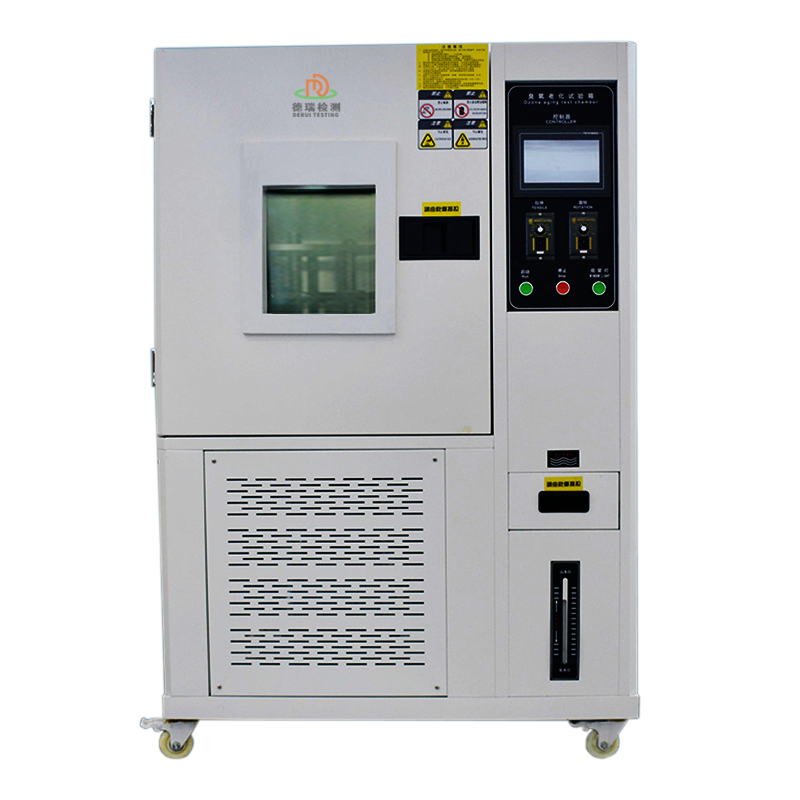

Rubber product ozone aging resistant box
338005.0 INR/Unit
Product Details:
X
Rubber product ozone aging resistant box Price And Quantity
- 338005.0 INR/Unit
- 1 Unit
Rubber product ozone aging resistant box Trade Information
- Cash in Advance (CID)
- 100 Unit Per Month
- 10 Days
- All India
Product Description
Standard Features
| Item | Specification |
| Internal dimension | 450W*450D*500Hmm (100L) |
| Temperature range | RT+10~ 60 (suggest to use 402) |
| Temperature Fluctuation | 1 |
| Ozone concentration | 50~1000 pphm, adjustable (suggest to use 50pphm) |
| Ozone concentration deviation | 10% |
| Sample holder rotation | 360 degree rotation |
| Sample holder | 2pcs removable sample tray, SUS#304 stainless steel |
| Temperature controller | Programmable touch screen controller |
| Ozone concentration analysis | Concentration analysis meter |
| Ozone generator | High pressure silence discharge type |
| Protection system | Leakage, short circuit, over temperature, over heat |
. Ozone attack chain of molecular warfare and equipment mission
1. The mechanism of ozone's precision strike on rubber
-Attack target: ozone prioritizes the attack on double bonds in the rubber molecular chain (such as NR natural rubber main chain).
Attack target: ozone preferentially attacks the double bonds in the rubber molecular chain (e.g. NR natural rubber main chain, SBR styrene-butadiene segment), triggering chain-breaking cracks;
-
Free radical amplification: free radicals generated by chain breakage are coupled with oxygen and humidity to form secondary oxidative damage (e.g. methyl oxidation of EPDM side chains);
-
Stress orientation: under mechanical stress, cracks expand directionally along the weak zones of molecular chains (e.g., uneven distribution of chlorine atoms region in CR neoprene).
Equipment design philosophy:
Traditional ozone chamber only simulates single concentration exposure, this equipment needs to reproduce the full chain attack path of ozone penetration - chain breakage triggering - free radical diffusion - stress synergy.
II. Cross-scale ozone attack simulation system
2.1 Control of ozone penetration at the molecular level
-
Gradient concentration field:
Nano-microporous ozone diffusion membranes (pore size 10 nm) construct a high ozone concentration (500 pphm) on the surface, which linearly decays to 20 pphm in the interior, simulating the ozone concentration gradient from the surface to the interior of the rubber;
Real-time synchronized fluorescent probe monitoring of ozone penetration rate in the rubber thickness direction (m/min level accuracy).
-
Free radical capture module:
Built-in Electron Spin Resonance (ESR) sensor, online detection of free radical concentration inside rubber, dynamic adjustment of humidity to inhibit secondary oxidation (humidity control accuracy 2%RH).
2.2 Mesoscopic scale damage evolution
-
In situ micro-imaging:
Laser scanning confocal microscope embedded in the test chamber, automatically capturing the crack sprouting/expansion process every 5 minutes (spatial resolution 0.1m);
AI image analysis to automatically label crack fractal dimensions and quantify damage irreversibility thresholds.
-
Stress field coupling:
Multi-directional electrostatic field driven flexible electrodes (patented technology), applying 0-500% dynamic strain to rubber, no mechanical contact to avoid interference with ozone distribution;
Strain rate programmable (0.001-10Hz), simulating real working conditions such as mounting stress and vibration fatigue of rubber products.
2.3 Macro performance degradation feedback
-
Mechanical properties are tested online:
Integrated micro tensile machine to measure rubber tensile strength, permanent deformation rate without interrupting the aging process;
Real-time data access to the material genome platform to correlate the chemical structure of molecular chain segments with macro-property decay.
-
Simultaneous detection of air tightness:
Mass spectrometry coupling system to analyze volatile organic compounds (VOCs) released from rubber, early warning of anti-ozonant depletion status.
III. Construction of industry-level defense system
3.1 Material gene pool empowers formulation revolution
-
Intelligent screening of ozone-resistant agents:
The device has a built-in database of 200 types of anti-ozonants (e.g. p-phenylenediamines, microencapsulated waxes), recommending the optimal addition ratio based on real-time aging data;
Simulate the dynamic balance between the migration rate of anti-ozonants and the rate of ozone attack to optimize the long-lasting protection formula.
3.2 Process defect diagnosis
-
Traceability of vulcanization defects:
Reverse derivation of process defects such as uneven mixing and insufficient vulcanization through ozone aging crack distribution patterns (e.g., carbon black dispersion <95% in NR rubber will trigger crack aggregation);
Generate a 3D process window map of vulcanization temperature-time-ozone tolerance.
3.3 Lifetime Prediction Industrial Internet
-
Digital twin cloud platform:
Upload 3D model of rubber products with service environment parameters (e.g., annual average ozone concentration of 80 pphm in tropical region), and automatically generate accelerated aging test plan;
Train neural networks based on millions of sets of experimental data to output the replacement cycle maps of rubber products in different climate zones around the world.
Technology Paradigm Comparison: Traditional vs. Cross-Scale Ozone Chamber
Dimension
Conventional
Trans-scale ozone box
Depth of attack simulation
Surface ozone exposure only
Full molecular penetration - mesoscopic cracking - macroscopic performance linkage
Data Dimension
Single crack level
Free radical concentration/fractal dimension/VOCs fingerprints
Industrial Value
Conformity Determination
Full empowerment of formulation design - process optimization - life management
Tell us about your requirement

Price:
Quantity
Select Unit
- 50
- 100
- 200
- 250
- 500
- 1000+
Additional detail
Mobile number
Email


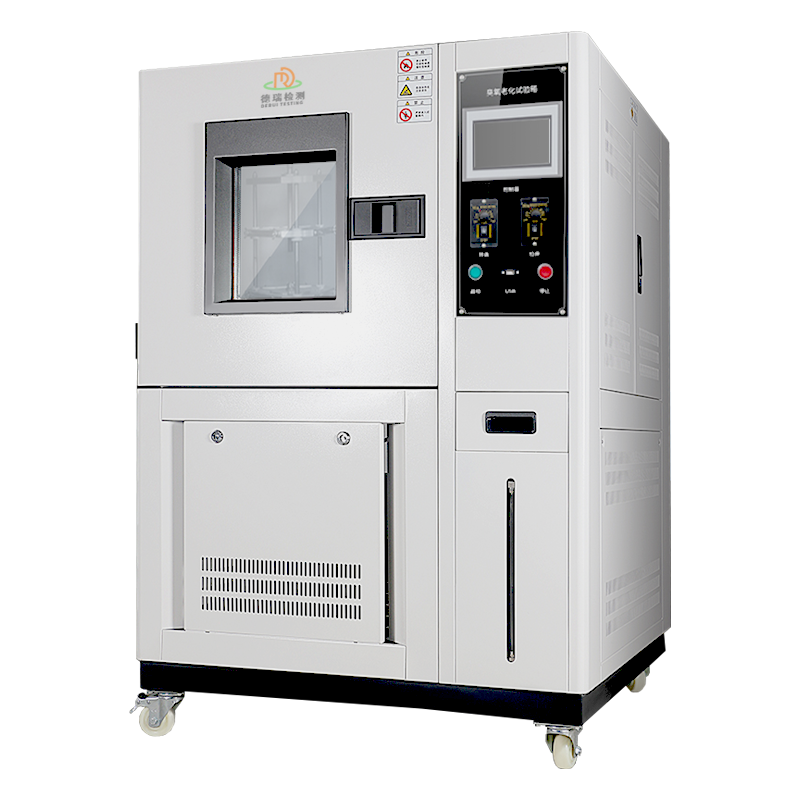

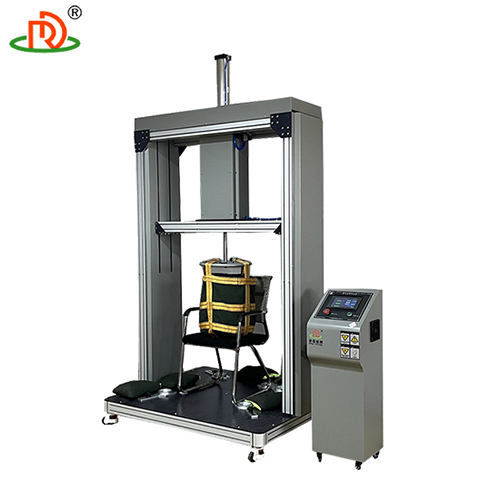
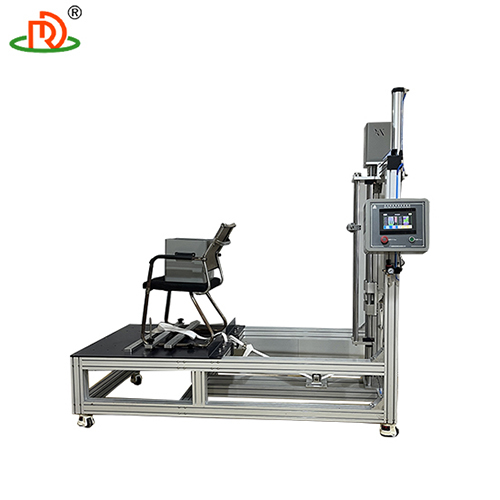
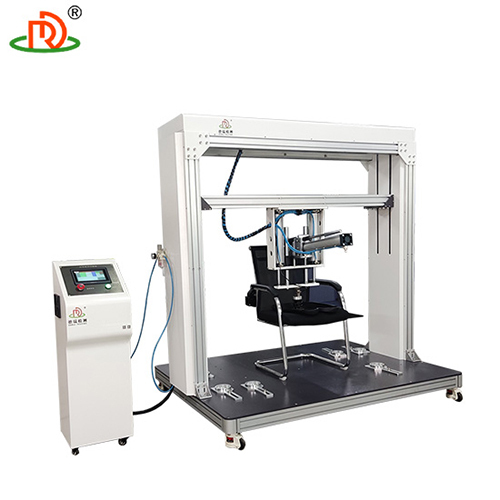
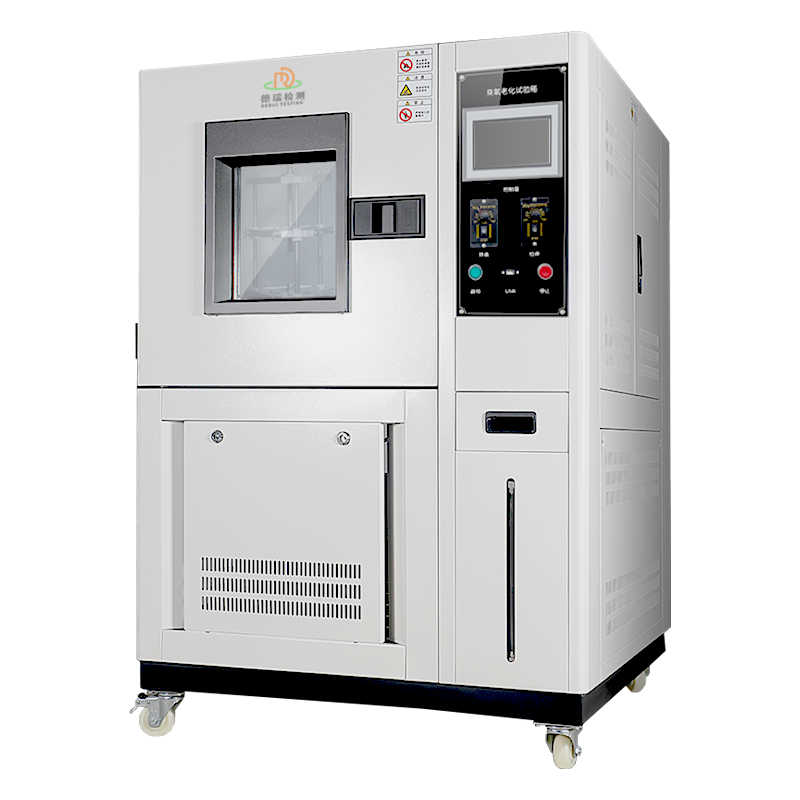

 English
English Spanish
Spanish French
French German
German Italian
Italian Chinese (Simplified)
Chinese (Simplified) Japanese
Japanese Korean
Korean Arabic
Arabic Portuguese
Portuguese